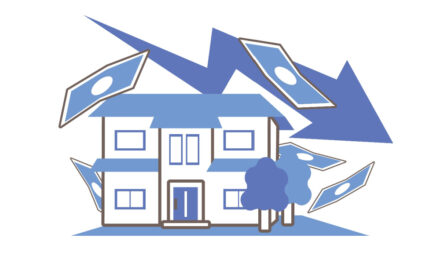Mortgage lending is the process of giving a loan to someone in order for them to purchase a home. As mortgage lending continues to roil the US and world economies, the mechanics of mortgage lending come under greater and greater scrutiny. While it may seem simple, there is actually quite a bit of behind the scenes work that goes into the lending process. The borrower provides the information; the lender does all the hard work; after which the buyer signs papers agreeing to pay back the loan in full over the next 15 or 30 years. The loan to purchase property is called a mortgage, and can be issued from a bank, credit union, or a company that specializes in mortgages.
The first step with any loan is that borrower applies for it. The same is true with a mortgage. Unlike many smaller loans, there is a lot of underwriting that will go into the process to make sure the borrower is financially strong enough to make the payments over the years.
Much of the process has been automated since computers can analyze the numbers much faster than people can. So for those with poor credit, they can expect to pay a higher interest rate than those with good credit, and they will know right away if that will be the case.
Once all the paperwork is in order, and all the forms have been filled out then the hard work begins for the underwriter. They must go through and assess the value of the house and how much is being borrowed to make sure there is no discrepancy. Then they will take a look at credit scores of the borrower. A good credit score tells them the borrower knows how to use credit and is likely to make payments on time. Income is a huge part of the borrowing process since lenders do not like to see the debt to income ratio rise above 60%. In the case that any one of these items is not quite in order, other assets the borrower has, such as investments, bank accounts, or cash value life insurance, can help to ease the lender’s mind.
When the underwriting is done, the lender will arrange for the loan to transfer directly to the seller. The borrower rarely sees any of it. In exchange for providing the loan, the lender holds the house as collateral. If the borrower fails to make their payments on time, the lender has the right to evict them and sell the house to get their money back. Christy explains the nuances of when the lender resells the mortgage.
Over the next 360 months, for a 30-year mortgage, the borrower will pay back equal installments until their debt is fulfilled. The lending process is over, and the repayment process has begun. During this time if the borrower sells the house and moves, or refinances, the process will start all over.
Mortgage lending is the process of giving a loan to someone in order for them to purchase a home. As mortgage lending continues to roil the US and world economies, the mechanics of mortgage lending come under greater and greater scrutiny. While it may seem simple, there is actually quite a bit of behind the scenes work that goes into the lending process. The borrower provides the information; the lender does all the hard work; after which the buyer signs papers agreeing to pay back the loan in full over the next 15 or 30 years. The loan to purchase property is called a mortgage, and can be issued from a bank, credit union, or a company that specializes in mortgages.
The first step with any loan is that borrower applies for it. The same is true with a mortgage. Unlike many smaller loans, there is a lot of underwriting that will go into the process to make sure the borrower is financially strong enough to make the payments over the years.
Much of the process has been automated since computers can analyze the numbers much faster than people can. So for those with poor credit, they can expect to pay a higher interest rate than those with good credit, and they will know right away if that will be the case.
Once all the paperwork is in order, and all the forms have been filled out then the hard work begins for the underwriter. They must go through and assess the value of the house and how much is being borrowed to make sure there is no discrepancy. Then they will take a look at credit scores of the borrower. A good credit score tells them the borrower knows how to use credit and is likely to make payments on time. Income is a huge part of the borrowing process since lenders do not like to see the debt to income ratio rise above 60%. In the case that any one of these items is not quite in order, other assets the borrower has, such as investments, bank accounts, or cash value life insurance, can help to ease the lender’s mind.
When the underwriting is done, the lender will arrange for the loan to transfer directly to the seller. The borrower rarely sees any of it. In exchange for providing the loan, the lender holds the house as collateral. If the borrower fails to make their payments on time, the lender has the right to evict them and sell the house to get their money back. Christy explains the nuances of when the lender resells the mortgage.
Over the next 360 months, for a 30-year mortgage, the borrower will pay back equal installments until their debt is fulfilled. The lending process is over, and the repayment process has begun. During this time if the borrower sells the house and moves, or refinances, the process will start all over.






